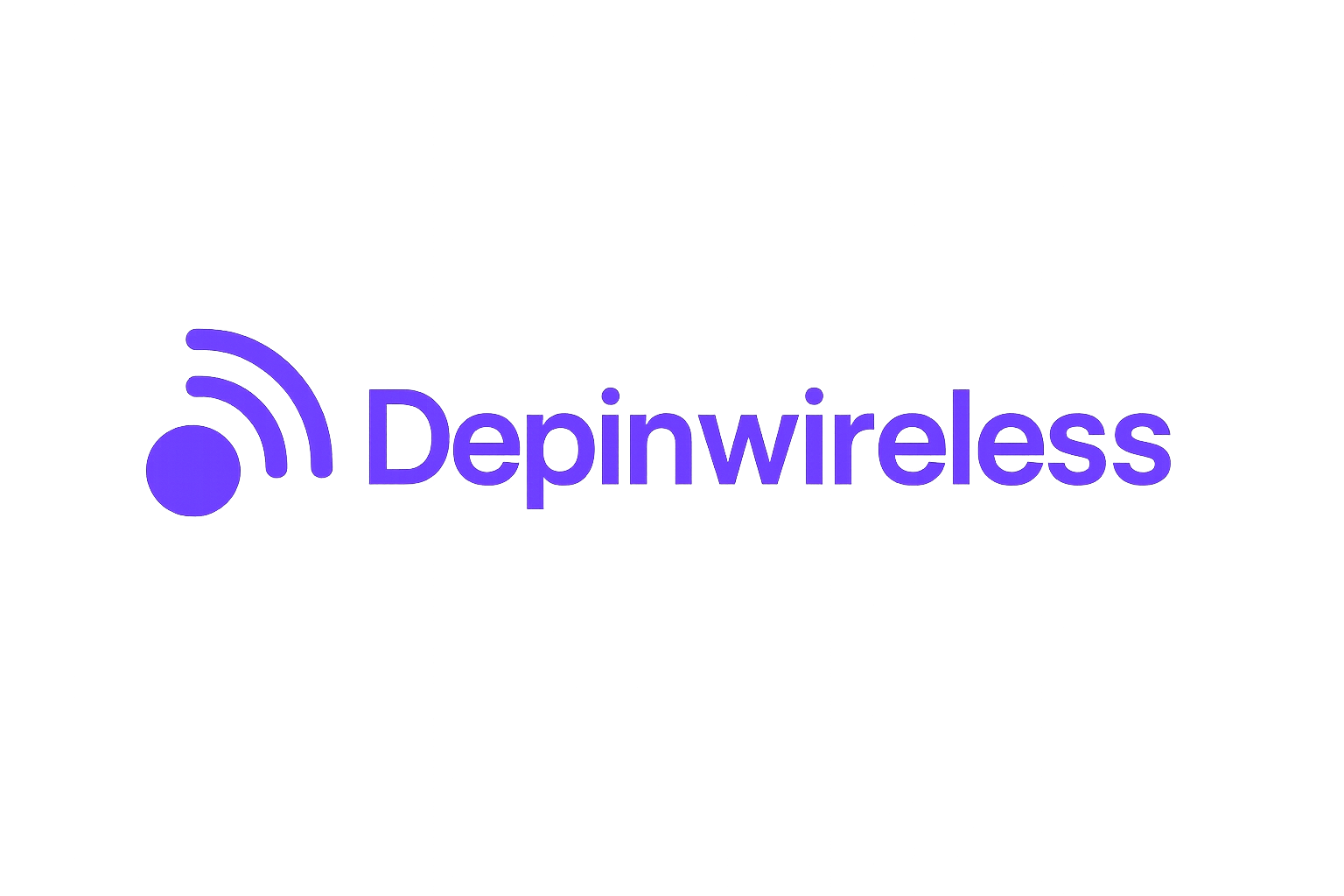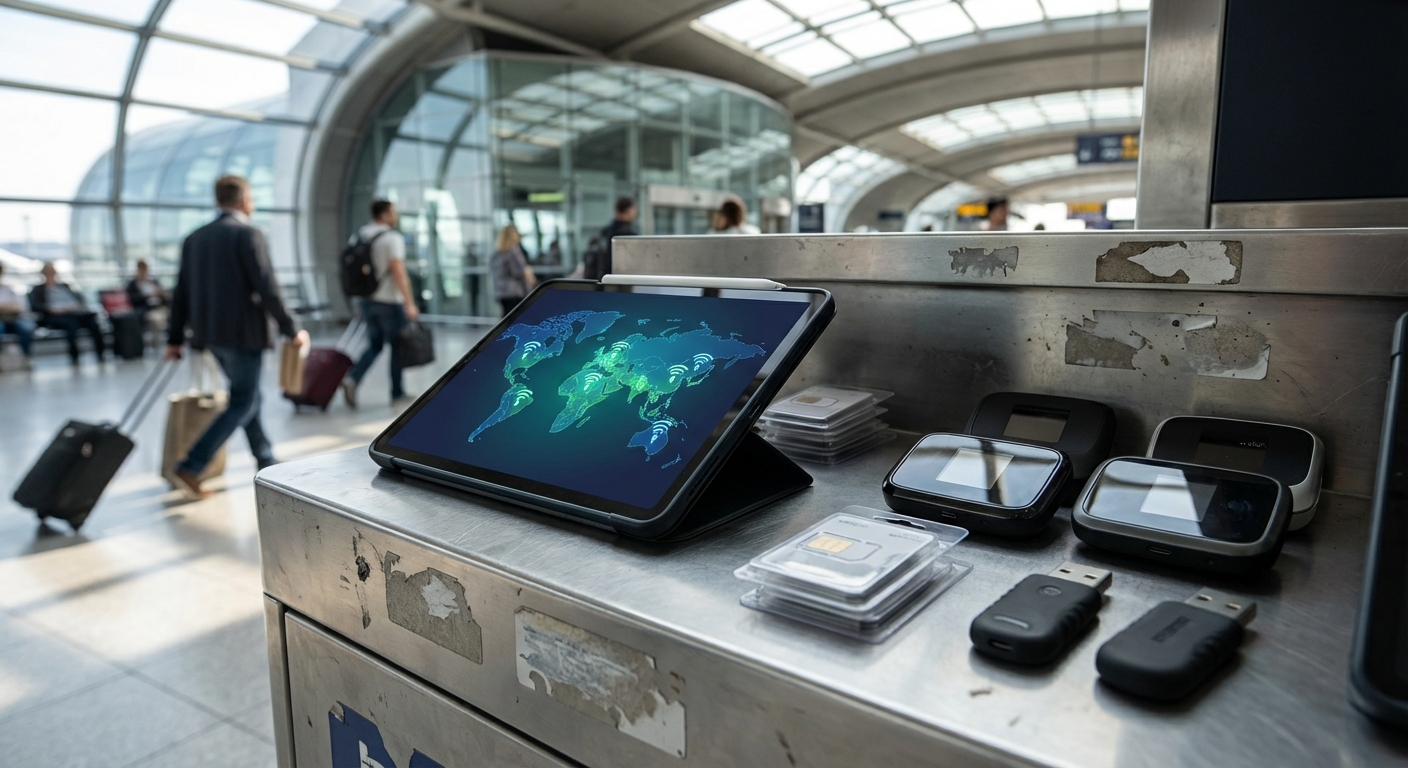
Decentralized wireless is in the midst of a seismic shift, and at the heart of this transformation is AI-powered verification. As DePIN (Decentralized Physical Infrastructure Networks) like Helium, XPIN, and Roam scale across the globe, the challenge isn’t just about coverage or speed. It’s about trust: ensuring that every device, hotspot, and data packet in the network is authentic, secure, and fairly rewarded. The new era of decentralized wireless quality assurance is being defined by AI’s ability to verify and coordinate real-world value, on-chain, at scale.

AI Verification: The Linchpin of DePIN Wireless Trust
Forget the days of manual audits and blind trust in node operators. Today, DePIN networks deploy machine learning models and cryptographic frameworks to validate everything from device locations to data integrity. A prime example is peaq’s three-tiered data verification system, which fuses cryptography, anomaly detection, and oracle-based cross-referencing. This means every device signs its data, AI flags anomalies in real time, and external oracles provide a final check, delivering bulletproof on-chain network contribution verification. It’s a leap forward for DePIN 5G coverage AI, especially as networks expand to millions of endpoints.
Meanwhile, the LazAI × XPIN partnership is setting a new bar for blockchain telecom rewards. By integrating LazAI’s DAT technology into XPIN’s global wireless mesh, they’re enabling verifiable AI to coordinate incentives and ensure that only genuine coverage and contributions are rewarded. This is crucial for sustaining community wireless network incentives and fighting the plague of spoofed hotspots or fraudulent data submissions that have dogged early DePIN projects.
How AI-Powered Verification Works in Practice
Let’s get technical. AI verification DePIN solutions typically operate on three fronts:
Core Functions of AI-Powered Verification in DePIN Wireless Networks
-

Ensuring Data Integrity with Multi-Layered Verification: Platforms like peaq deploy a three-tiered framework that combines cryptography, machine learning, and trusted oracles to validate device data, preventing tampering and ensuring only authentic information powers the network.
-

Consensus-Based Validation for Reliable Contributions: The Hivemapper Network uses vision-based consensus, cross-referencing multiple device inputs to detect anomalies and block fraudulent data, maintaining a trustworthy decentralized wireless infrastructure.
-

AI-Driven Predictive Maintenance & Automation: By analyzing real-time and historical data, AI in DePIN networks predicts equipment failures and automates maintenance, as seen in advanced wireless deployments, reducing downtime and boosting operational efficiency.
-

Advanced Threat Detection & Location Verification: AI agents in DePINs, such as those described by TDE.fi, verify device locations using RF signals and timestamps, swiftly flagging suspicious activity to prevent false coverage claims and enhance network security.
-

Seamless, Private Connectivity via Decentralized Credentials: Projects like Roam leverage AI to integrate OpenRoaming™, decentralized identifiers (DIDs), and verifiable credentials, enabling users and devices to connect securely and privately to global wireless networks without cumbersome logins.
First, cryptographic signatures lock in device identity and data provenance. Second, AI models continuously scan for outliers, think impossible RF patterns, location anomalies, or usage spikes that don’t match historical norms. Third, decentralized oracles or consensus mechanisms (like those used in Hivemapper or Roam) cross-check reports from multiple independent devices. If a node claims 5G coverage in an area, but no other device can corroborate, AI flags it for review. This multi-layered approach is essential for scaling decentralized wireless quality assurance globally.
Boosting Network Security and Operational Efficiency
Security isn’t just about keeping out bad actors, it’s about building confidence in every transaction and connection. AI agents in DePIN wireless networks monitor RF signals, device movements, and operational patterns. They can detect false coverage claims by triangulating signals and timestamps, or spot compromised nodes by analyzing behavioral drift. The result: automatic threat detection, instant alerts, and a dramatic reduction in downtime due to proactive, AI-driven maintenance.
This isn’t theory. Projects like Roam are already using AI to streamline onboarding and authentication. With OpenRoaming™, decentralized identifiers (DIDs), and verifiable credentials (VCs), users can connect to WiFi and 5G networks without clunky passwords or repeated logins, while devices and AI agents ensure privacy and security are never compromised.
The Road Ahead: AI and Modular, Autonomous DePIN Networks
AI isn’t just a bolt-on for DePIN networks, it’s the engine driving a new paradigm of modular, autonomous, and trust-minimized connectivity. As highlighted by iExec and Kava. io, AI-enhanced DePINs are self-sustaining ecosystems where machine learning predicts demand, allocates resources, and even optimizes reward distribution. The future is a global mesh where every node is independently verified, every reward is earned by provable contribution, and every user benefits from seamless, secure connectivity.
This shift is already visible in the way new DePIN wireless networks are architected. Instead of relying on static rules or simplistic staking, these systems now use dynamic, AI-driven verification to constantly adapt to real-world conditions. When a device joins the network, its location, signal strength, and usage patterns are instantly evaluated by AI models that have been trained on massive datasets. This not only stops bad actors in their tracks, but also enables rapid scaling without sacrificing trust or efficiency.
Let’s talk incentives. Blockchain telecom rewards are only as good as the mechanisms that verify actual network contribution. With on-chain network contribution verification powered by AI, projects like XPIN and Roam can ensure that every payout goes to a real device providing genuine coverage. No more gaming the system with spoofed signals or virtualized hotspots – only verifiable, on-the-ground participation is rewarded. This is a game-changer for community wireless network incentives and for investors seeking sustainable, fraud-resistant DePIN tokenomics.
Challenges and New Frontiers
No technology is perfect out of the box. AI-powered verification in DePIN wireless still faces challenges: model drift, adversarial attacks, and the need for continuous retraining as networks grow and adversaries evolve. However, the modular nature of these networks means updates can be rolled out quickly, and community-driven approaches to anomaly reporting and model improvement are already emerging. The open-source ethos of DePIN ensures that improvements are shared across projects, accelerating the pace of innovation.
Decentralized wireless quality assurance will increasingly rely on multi-layered verification frameworks that combine cryptography, AI, and consensus – not just for device validation but for everything from firmware updates to resource allocation. As machine learning models become more sophisticated, expect to see predictive analytics driving everything from proactive maintenance schedules to dynamic spectrum allocation, further boosting both uptime and user experience.
Leading DePIN Wireless Projects Using AI Verification
-

XPIN Network: This decentralized wireless network leverages AI-driven verification to secure its global eSIM and PowerLink device infrastructure. By integrating LazAI’s DAT technology, XPIN coordinates real-world value and ensures data authenticity across over 200 countries.
-

peaq Network: peaq has introduced peaq verify, a three-tiered framework combining cryptography, machine learning, and trusted oracles. This system validates device data, detects anomalies, and cross-references against trusted sources for robust DePIN security.
-

Hivemapper Network: Hivemapper applies vision-based consensus and AI to cross-validate map data from multiple contributors. This approach mitigates fraudulent submissions and upholds the integrity of its decentralized mapping network.
-
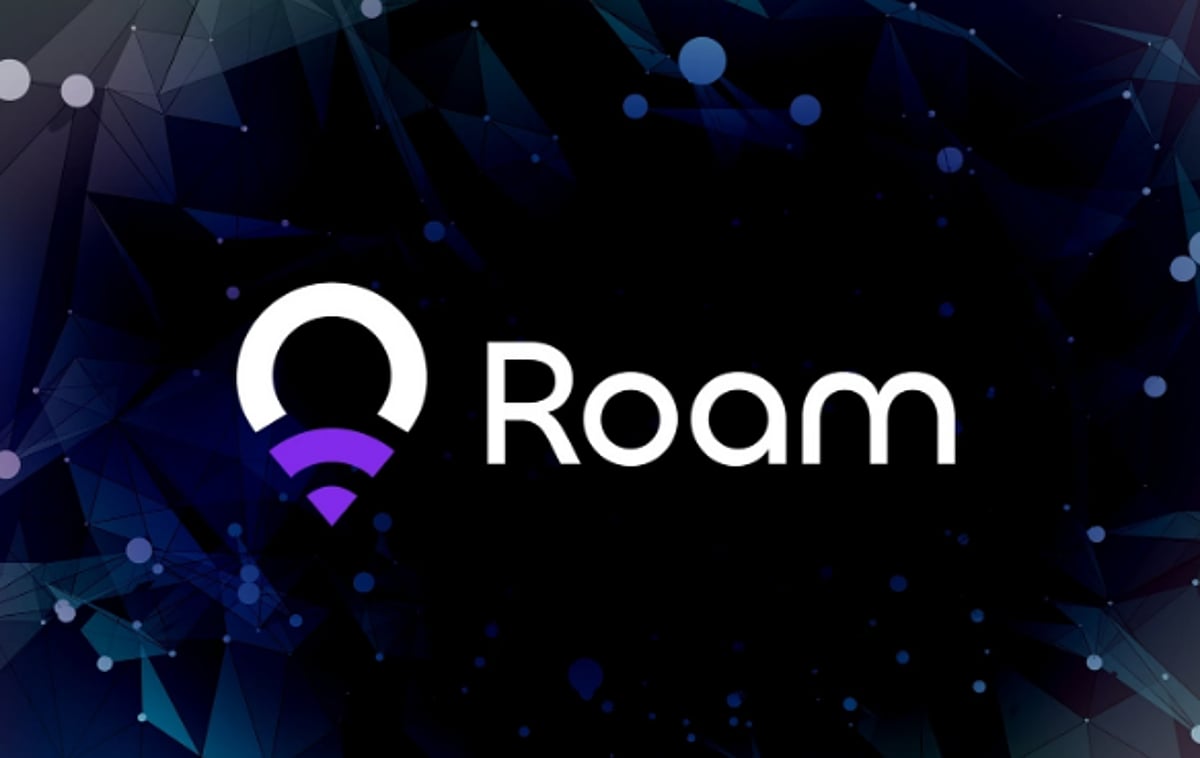
Roam: Roam utilizes AI to power global open wireless networks, integrating OpenRoaming™, decentralized identifiers (DIDs), and verifiable credentials (VCs) for seamless, secure, and private connectivity without traditional credentials.
-
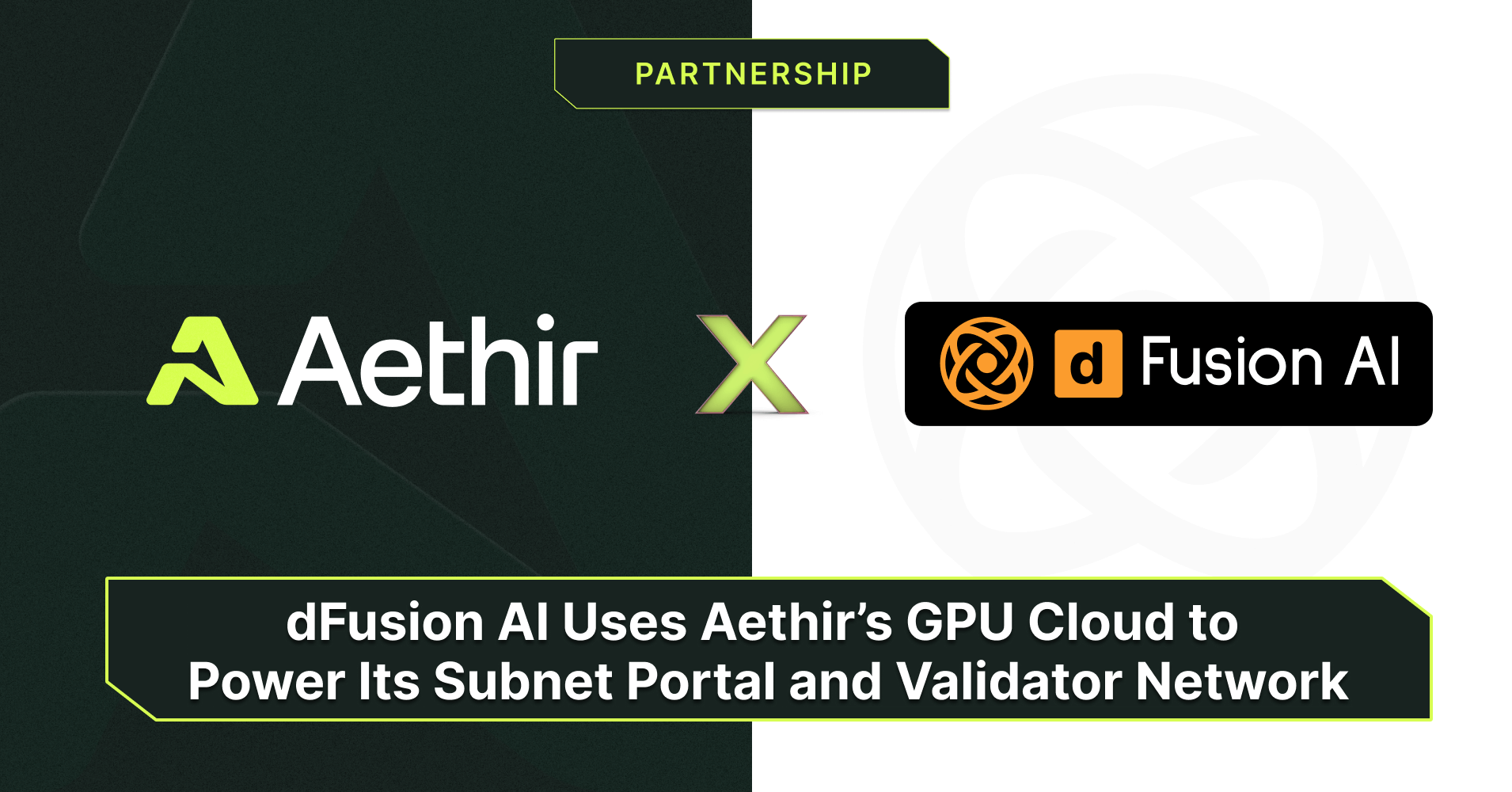
Aethir: Aethir’s decentralized GPU cloud supports AI verification for DePIN solutions, enabling secure, scalable compute resources for wireless networks and enhancing the trustworthiness of distributed infrastructure.
-
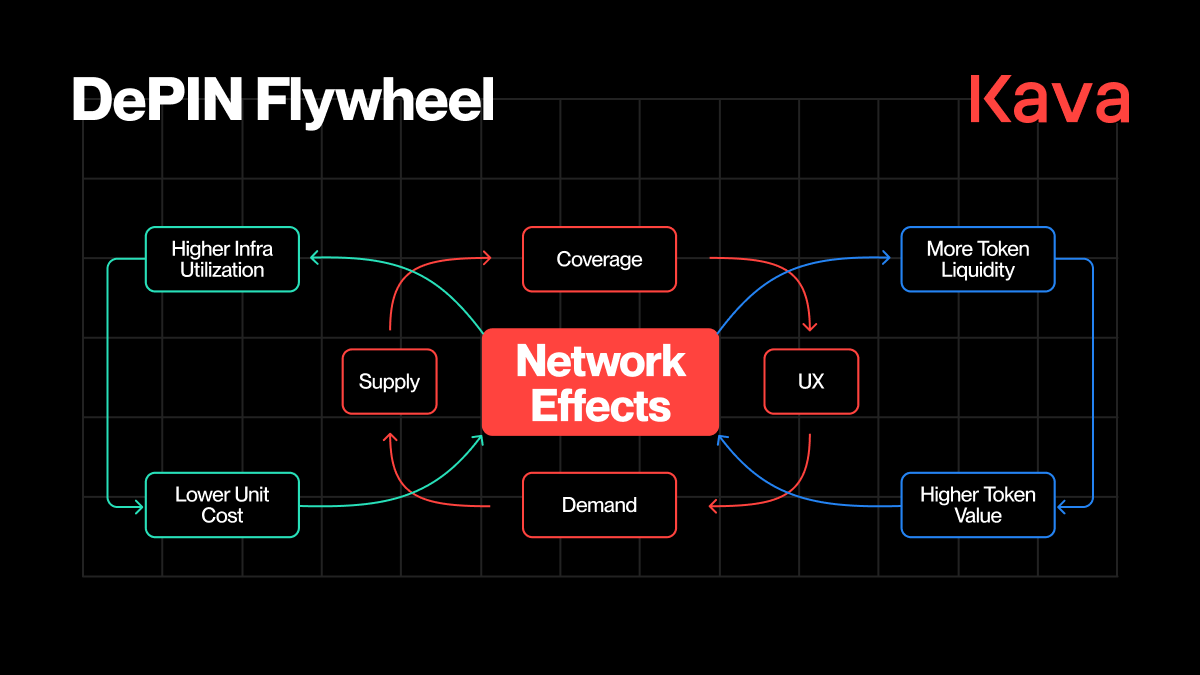
Kava: Kava’s AI-enhanced DePIN networks use machine learning for demand prediction and resource allocation, optimizing wireless network performance and ensuring efficient, secure operations.
What’s Next for DePIN Wireless?
The next wave of DePIN 5G coverage AI will focus on interoperability and cross-network coordination. Imagine a world where your device can roam seamlessly between Helium, XPIN, Roam, and other DePIN networks, with AI verifying your identity and contribution at every hop. The groundwork laid by projects like LazAI × XPIN and Roam is already making this possible, using decentralized identifiers and verifiable credentials to bridge disparate networks into a unified global mesh.
For builders and investors, the message is clear: AI-powered verification isn’t a luxury – it’s the foundation for the next generation of decentralized wireless infrastructure. Those who embrace these tools will be best positioned to capture value as DePIN matures from an experimental frontier into a backbone technology for global connectivity.
Stay tuned as this landscape evolves – the intersection of AI, blockchain, and wireless is just getting started.
